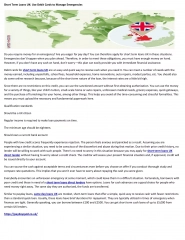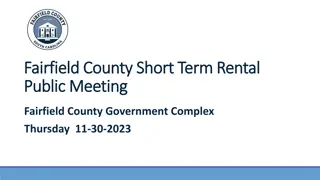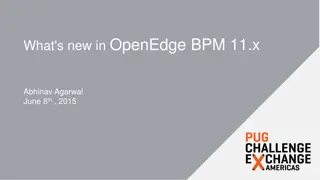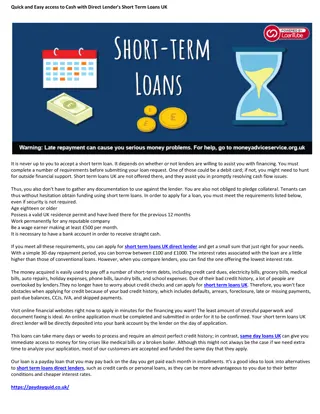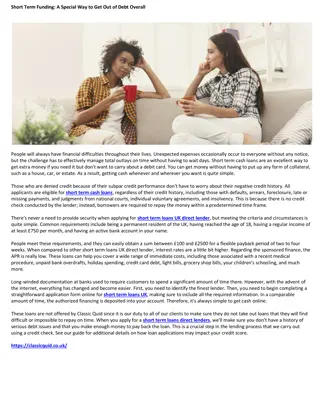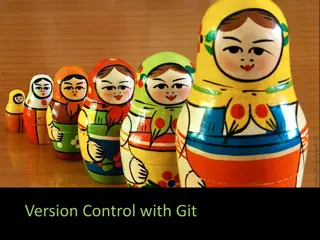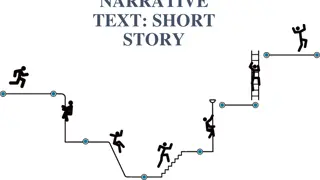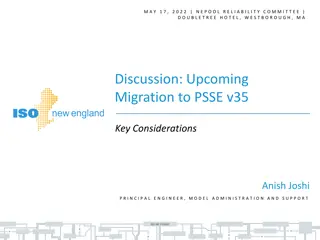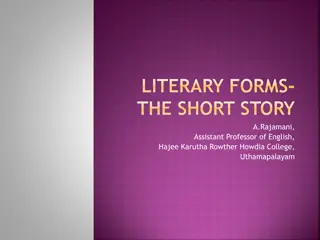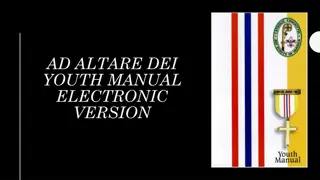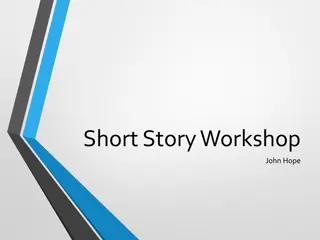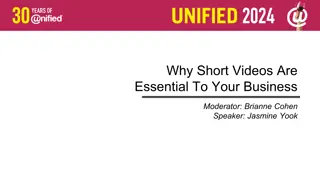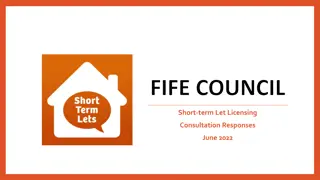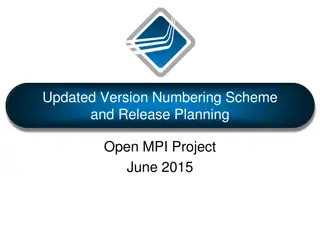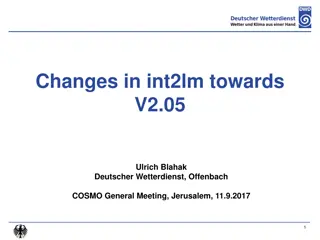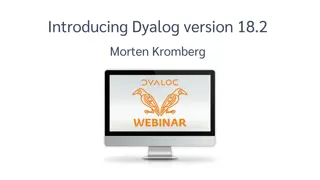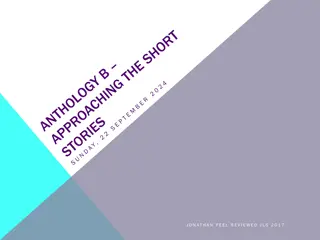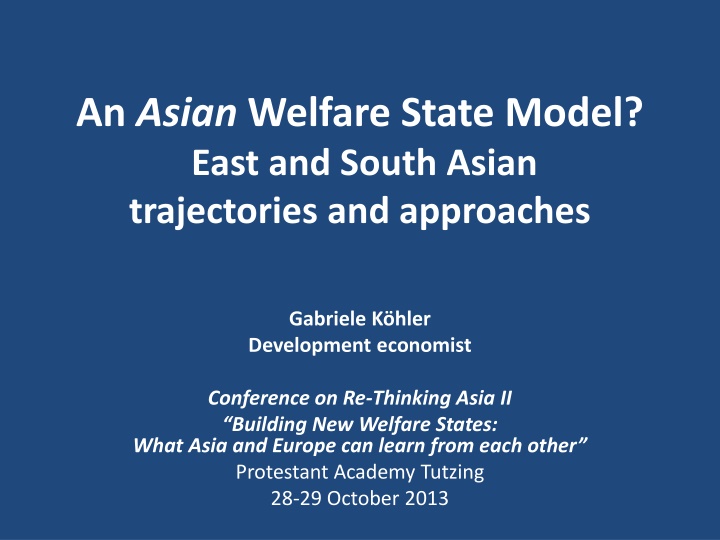
Exploring the Asian Welfare State Model and Socio-Economic Inequalities
"Delve into the discussions on social inequalities in Asia and Europe, the role of welfare state systems, and welfare state trajectories, including pillars like education, health access, and social security. Learn about the Asian welfare state model and approaches presented at the Conference on Re-Thinking Asia II."
Download Presentation

Please find below an Image/Link to download the presentation.
The content on the website is provided AS IS for your information and personal use only. It may not be sold, licensed, or shared on other websites without obtaining consent from the author. If you encounter any issues during the download, it is possible that the publisher has removed the file from their server.
You are allowed to download the files provided on this website for personal or commercial use, subject to the condition that they are used lawfully. All files are the property of their respective owners.
The content on the website is provided AS IS for your information and personal use only. It may not be sold, licensed, or shared on other websites without obtaining consent from the author.
E N D
Presentation Transcript
An Asian Welfare State Model? East and South Asian trajectories and approaches Gabriele K hler Development economist Conference on Re-Thinking Asia II Building New Welfare States: What Asia and Europe can learn from each other Protestant Academy Tutzing 28-29 October 2013
I.) Premises of the discussion Growing social inequalities in Asia and Europe Despite commonly accepted fundamental values and ideals Need for a progressive counter-narrative to Tackle social inequalities Make social justice available to all Reduce income inequality and unequal opportunities What role do comprehensive social security systems play Hence: revisit the welfare state Source: FES invitation
II.) Preliminaries socio-economic trends
High income inequalities Gini coefficient 70.0 63.6 56.4 60.0 49.2 48.3 46.9 46.4 50.0 45.1 44.5 43.7 42.5 42.0 40.2 37.6 36.8 40.0 34.3 34.0 33.4 32.4 32.0 31.6 30.9 30.9 30.3 29.3 27.0 30.0 25.6 25.0 24.0 23.0 20.0 10.0 0.0
Asia-Pacific: people deprived Source: Asia-Pacific Regional MDG report 2011/12 (ESCAP/ADB/UNDP)
Welfare state definitions Two -three four five pillars 1. Education 2. Health access 3. Social security and social assistance 4. Active labour market policies 5. Family policy - welfare services
A welfare state model Pillar III: Social security Social Insurance, including health insurance Social assi- stance Child protection Forms of micro credit, micro insurance, area-based Labour market policies services/tra nsfers schemes Pillar I: Education Pillar II: Health 9
Welfare state politics Nation building Demographic factors Economic progress Productivity enhancement Economic compensation anti-poverty Enhancing the domestic market Political co-optation of subordinated classes by elites Guilt or security concerns of the elites Political stability Political pressure from trade union movements or grassroots Socio-cultural values and changing welfare provision arrangements Norms Peer competition Copycatting . Social policy as a process driven by power relations
The North: welfare state history Germany Bismarckian reform: 1870s US New Deal: 1930s Japan interventionist welfare state: post WWII UK: Keynes and Beveridge 1950s Northern, Central Europe, Southern Europe welfare states: since 1950s
The South: welfare state history Latin America in 1910-1920s Uruguay, Argentina, Chile, Brazil, Costa Rica Sri Lanka 1930s South Asia Constitutions of 1940s/1950s
Developmental welfare state I Japan, Republic of Korea 1st phase, Taiwan PoC, Hong Kong SAR, Singapore, Malaysia Social policy subordinate to economic development Low government spending Means tested, frequently conditional
Developmental welfare state II Korea: New social contract after 1997 democracy and response to Asian financial crisis National Basic Livelihood Security Act 1999: right to social assistance universalised guaranteed social minimum
Indonesia: recent social assistance programmes BLT PKH Raskin Rice for the Poor Jamkesmas Health Protection BSM Program Name Unconditional Cash Transfer (2008-09) Conditional Cash Transfer Scholarship for the Poor Health service fees waived Transfer Type Subsidized Rice Cash & Conditions Cash Cash Target group (HHs) Number of beneficiari es Students from poor HHs Poor & near poor HHs Poor & near poor HHs Poor & near poor HHs Very poor HHs 17.5 Mn HHs 8 Mn Students 18.7 Mn HHs 18.2 Mn HHs 1.5 Mn HHs IDR Benefit level IDR 100,000 per month 15 kg rice per month IDR 480,000 per year Unlimited 1,287,000 per year Key Ministry of Social Affairs (MoSA) Bureau of Logistics (BULOG) Ministry of Health (MoH) MoNE & MoRA executing agency MoSA 17
Philippines: conditional cash transfer Selection Procedures of Selection Procedures of Target Households Target Households o To raise the average food expenditure of poor households o To increase school enrollment and attendance o To improve preventive health care for pregnant women and young children o To reduce child labor o To encourage parents to invest in their children s (and their own) human capital: health and nutrition, education, and participation in community activities Geographical Targeting Household Assessment (Enumeration) Selection of Poor Beneficiaries using Proxy Means Test Eligibility Check 18
Developmental welfare state II China: Disconnect between urban and rural coverage Selective social contract: Minimum Subsistence Guarantee for urban populations in 1999 response to market reforms extended to rural populations in 2008 does not cover migrants Rural cooperative medical insurance scheme universalised 2013
Developmental welfare regime III South Asia: Bangladesh, India, Maldives, Nepal, Pakistan, Sri Lanka Norms-based Strong social inclusion angle Mixture of means-tested and universal Rights-based Justiciable (notionally)
Social protection panorama South Asia Food-related measures Social Assistance Affirmative action Human rights Public works National Rural Employment Guarantee (IND) Employment Generation Programme for the Poorest (BGD) Karnali Programme; Employment Guarantee Act (NPL) Employment generation for rural unskilled workers (PAK) Right to food/National Food Security Act (IND) Mid-day meal (IND) Right to education (all) Right to health services (all) Right to work (IND) Right to information (IND, BGD, NPL) Universal old age pension (NPL) Benazir Income Support Program (PAK) Child benefit (NPL) Unorganized sector health insurance (IND) Secondary school stipend for girls (BGD) Education for all (NPL) Child grants for girls (IND) Rural development and community based interventions (IND) Cooked school meals (IND) Subsidized PDS (IND, NPL, BGD) Subsidized grain prices
Developmental welfare state IV Dismantling: Europe 2005 onwards Partial deterioration of entitlements Means testing reintroduced Conditionalities Examples: Hartz IV in Germany Child benefit in UK
Total Social Protection Expenditure, as % of GDP 25 19.2 20 15 % of GDP 10 7.9 5.4 4.7 5 3.7 3.6 3.5 3.2 2.5 2.1 1.4 1.2 0
Proposition I Each country has a trajectory of a developmental welfare state, but its characteristics differ as a function of power politics Some are purely instrumental for nation building, growth, social appeasement Others are progressive, as outcome of pressure from formal sector trade unions, informal sector or rural cooperatives, women's movements, social or faith-based CSOs
Proposition II Common perception: welfare states were invented in Europe In fact, types of welfare states existed in the South before the North Latin America had welfare state elements in the 1910s Sri Lanka Zeitgeist for welfare states: see post-war Europe, independent South Asia
Proposition III Convergence in Asia: 1st new wave: East Asia post 1998 economic crisis with new social policies 2nd new wave: rights-based or notionally universal welfare states South Asia, South Korea, Southeast Asia and China, since early 2000s
Proposition IV Divergence South-North: While Asia is moving towards nascent universalist developmental welfare states (at modest level of coverage and benefit levels) Europe is moving towards a top-down welfare state (with remaining high coverage, but decreasing real entitlements, more conditionalities, and widespread public resentment)
Selected references Asian Development Bank, 2013. The Social Protection Index. Assessing Results for Asia and the Pacific. ADB Manila. K hler, Gabriele and Deepta Chopra, eds., 2014. Development and Welfare Policy in South Asia. London Mkandawire, Thandhika, ed., 2005. Social policy in a development context. UNRISD. Geneva, London Pierson, Chris 2005. Late industrializers and the development of the welfare state, in Mkandawire, op. cit. Porsche-Ludwig, Markus 2013. Sozialpolitik in Asien. Ein Handbuch der Staaten Asiens von A-Z. LitVerlag Berlin: W Hopf Ringen, Stein and Kinglun Ngok, 2013. What Kind of Welfare State is Emerging in China? UNRISD working paper 2013. www.unrisd.org Ringen, Stein, Huck-ju Kwon et al, 2011. The Korean State and Social policy. Oxford: OUP UNRISD, 2010. Combating Poverty and Inequality. Structural Change, Social Policy and Politics. Geneva Wehr, I., Leubolt, B. and Schaffar, W. 2012. Welfare regimes in the Global South: A short introduction , Austrian Journal of Development Studies,Welfare Regimes in the Global South, 28(1), pp. 6-13 .
Contact information Gabriele K hler Website: www.gabrielekoehler.net Email: office@gabrielekoehler.net Development and Welfare Policy in South Asia Edited by Gabriele Koehler and Deepta Chopra Routledge, February 2014 http://www.taylorandfrancis.com/catalogs/environment_and_su stainability/1/2/

